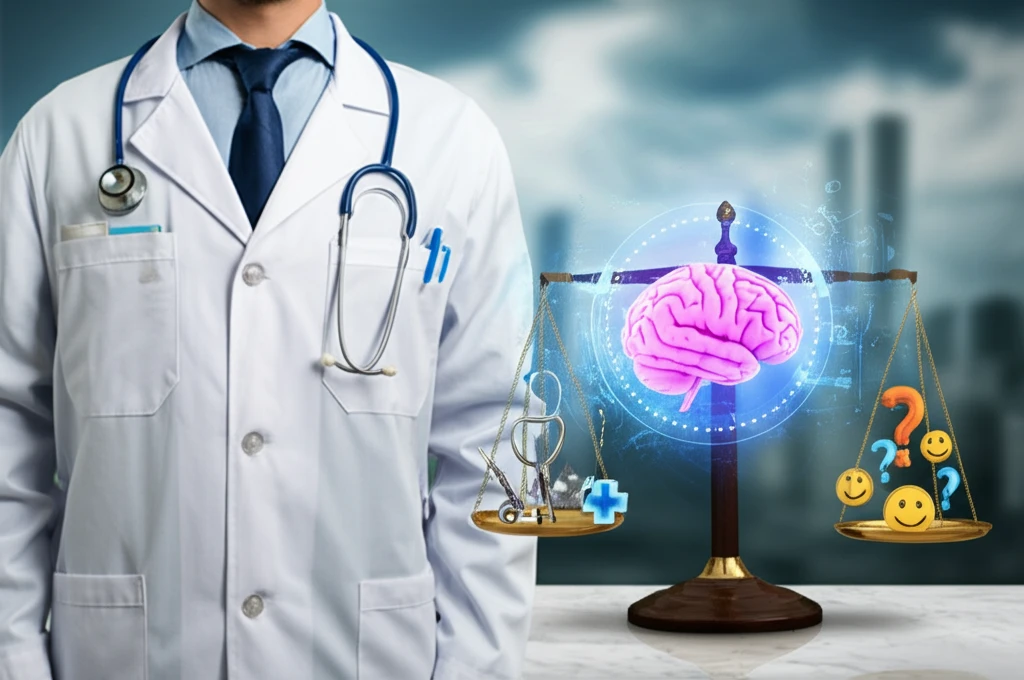
Navigating Healthcare's Tightrope: Balancing Professional Judgment and Patient Expectations
"In an era of increasing consumer awareness, how do healthcare professionals reconcile their expertise with patient demands?"
In today's healthcare landscape, doctors face a growing challenge: balancing their professional judgment with the increasing demands and expectations of patients. Once viewed as the ultimate authority, physicians are now being asked to consider patients as informed consumers who actively participate in their healthcare decisions. This shift raises critical questions about the value of medical expertise and how it should interact with patient autonomy.
The rising concern over antibiotic resistance perfectly illustrates this tension. New guidelines on antibiotic prescriptions for common ailments like sore throats highlight the difficult position doctors find themselves in. They must act as gatekeepers, safeguarding public health by limiting unnecessary antibiotic use, while also addressing the immediate desires and concerns of individual patients seeking relief.
This article delves into the complexities of this evolving dynamic, exploring how healthcare professionals can navigate the delicate balance between providing evidence-based care and respecting patient preferences. It examines the challenges, potential solutions, and the importance of finding common ground to ensure the best possible outcomes for both individuals and the wider community.
The Shifting Sands: From Paternalism to Patient-Centered Care

Historically, the doctor-patient relationship leaned heavily on paternalism, with physicians making decisions based on their expertise and perceived best interests of the patient. However, modern healthcare emphasizes patient-centered care, empowering individuals to take an active role in their health management. This transition reflects a broader societal shift towards consumer empowerment and access to information.
- The Rise of the Informed Patient: The internet has democratized medical information, allowing patients to research their conditions and treatment options.
- Consumerism in Healthcare: Patients are increasingly viewing healthcare as a service, with expectations for convenience, choice, and satisfaction.
- The Limits of Self-Diagnosis: Online information can be misleading or inaccurate, leading to misguided requests and anxieties.
- Erosion of Trust: Conflicting information can erode trust in medical professionals, making it harder to establish a strong doctor-patient relationship.
Finding Common Ground: A Path Forward
The key to navigating this complex landscape lies in open communication, mutual respect, and a willingness to find common ground. Doctors need to be able to clearly explain their reasoning and recommendations, while also listening to and addressing patient concerns. Patients, in turn, need to trust in their doctor's expertise and be open to considering alternative approaches.
